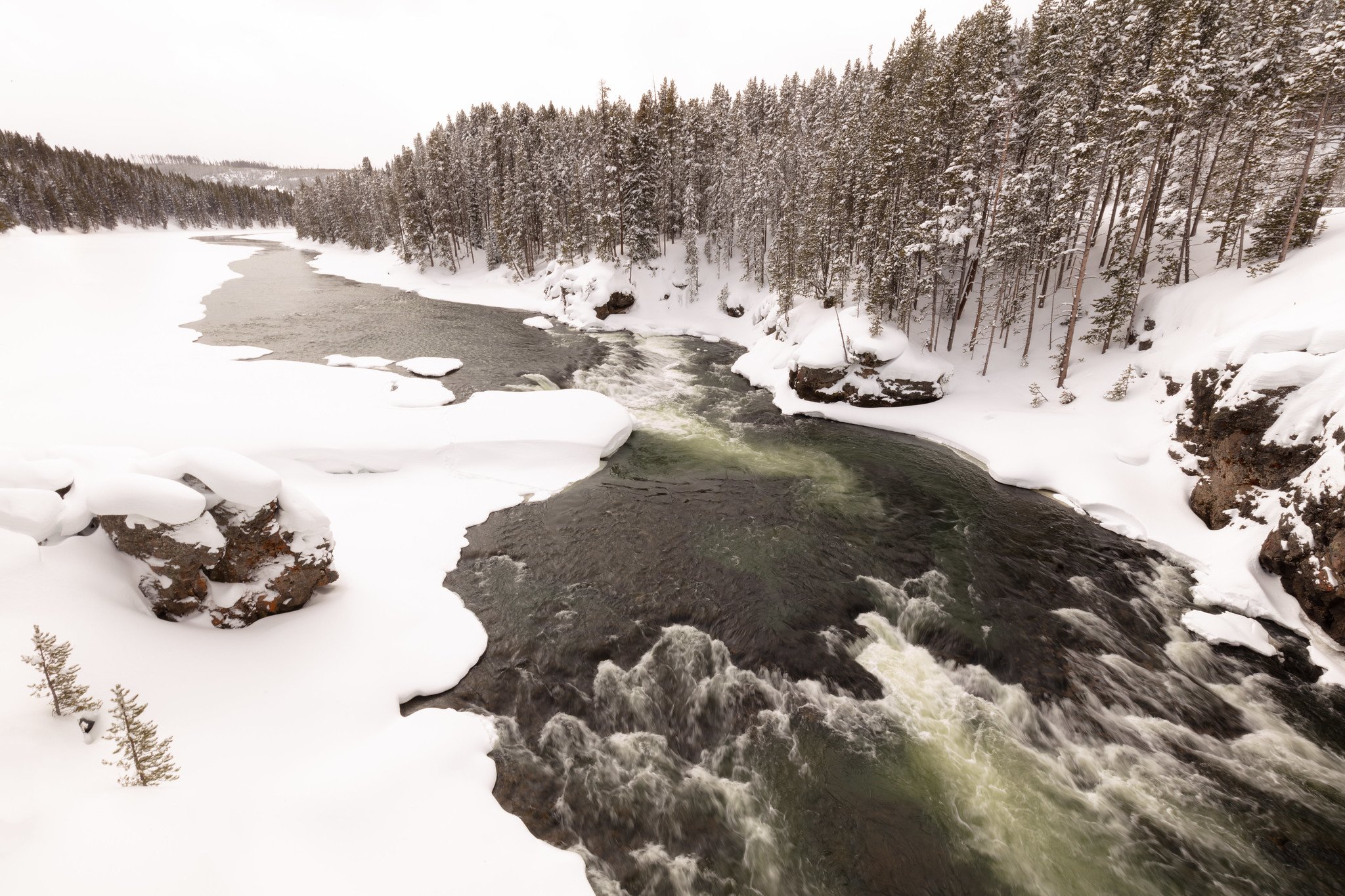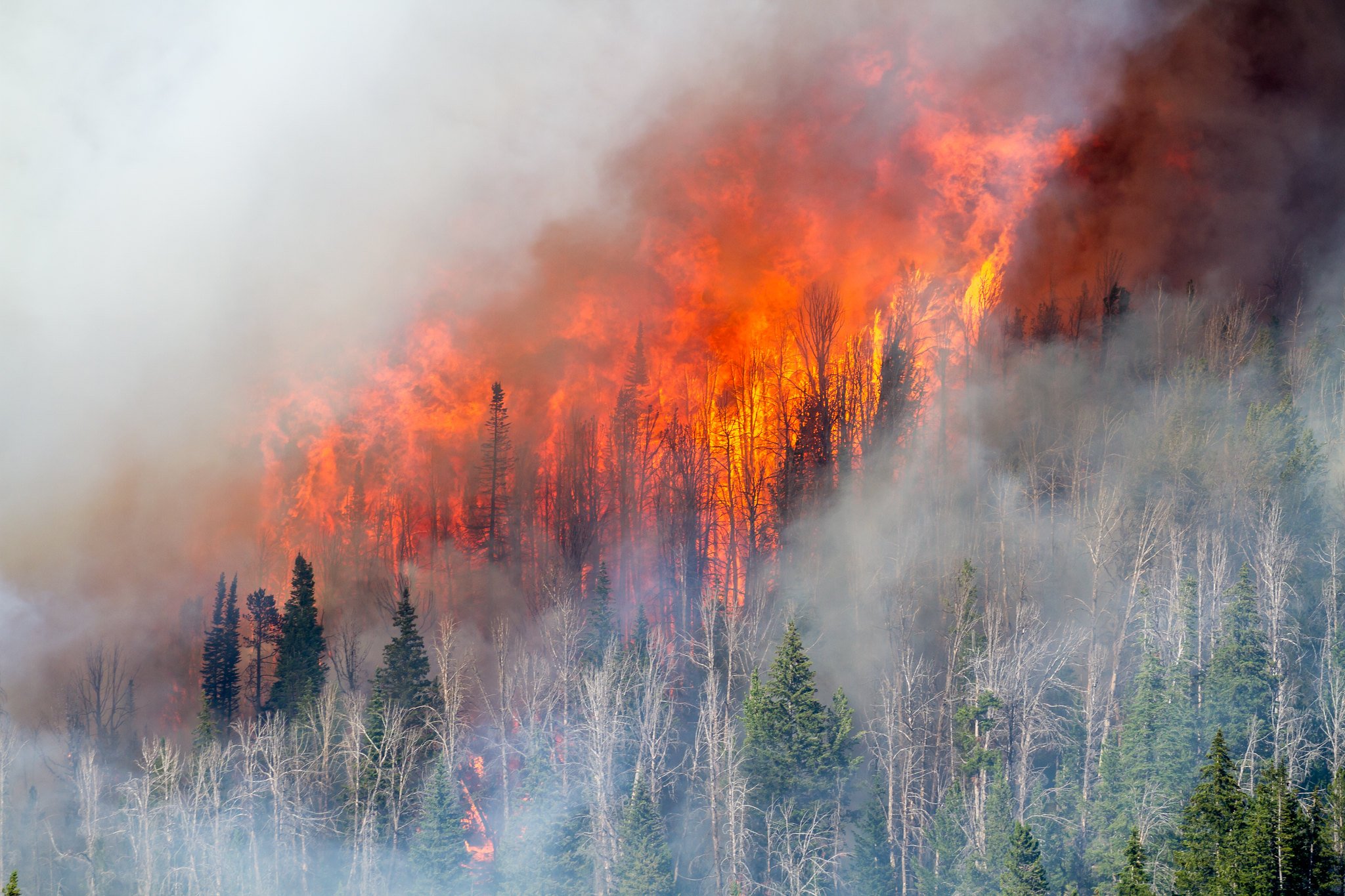
Building Climate Resiliency with the Greater Yellowstone Climate Assesment
A Remarkable Ecosystem; an Urgent Threat
The Greater Yellowstone Ecosystem spans 22 million acres across three states and contains two national parks, five national forests, and a complex network of other state, federal, Tribal, and private lands. As one of the last nearly intact temperate ecosystems on earth, it is still home to the majority of its native wildlife, from the iconic grizzly bear to the prized Yellowstone cutthroat trout. The ecosystem holds the headwaters of major river systems that support lands across the American West, and is home to thriving communities and industries that rely on rich natural resources to sustain them.
Climate change is perhaps the most urgent and existential threat to the entire ecosystem.
Mitigating and adapting to the challenges of a changing climate will require intentional, committed, community-supported solutions. In order to develop and implement these solutions, we need an understanding of climate impacts specific to Greater Yellowstone.
The Greater Yellowstone Climate Assessment
In addition to our on-the-ground climate-centered restoration work, the Greater Yellowstone Coalition is working to build a better understanding of how climate change is impacting the Greater Yellowstone Ecosystem, and how those impacts will grow and change with time.
What is the Greater Yellowstone Climate Assessment?
The Greater Yellowstone Climate Assessment is a first-of-its-kind assessment of climate impacts that takes the global and often abstract concepts associated with climate science and brings them into focus at the ecosystem level.
The Greater Yellowstone Climate Assessment – a collaborative effort between the Greater Yellowstone Coalition, Montana State University, the University of Wyoming, the US Geological Survey, and the Greater Yellowstone Coordinating Committee – marks a major milestone in our understanding of climate change in the Greater Yellowstone Ecosystem. Released in the summer of 2021, the assessment represents the culmination of three years of study and collaboration from researchers, agencies, nonprofits, and institutions across the region. It was a large partnership effort to bring the best available science to the issue of climate change in Greater Yellowstone, with a focus on the lifeblood of the ecosystem: water.
The Approach
The Greater Yellowstone Climate Assessment is the first study of its kind to consider climate change impacts at the ecosystem level. Instead of focusing on an area defined by political and jurisdictional boundaries – such as a state or country – the assessment is centered on six major watersheds within Greater Yellowstone, exploring past trends, current conditions, and projected future changes. Uniquely, there was also a strong qualitative element to the assessment.
GYC played a leadership role in conducting and analyzing over 40 interviews with stakeholders and Native American Tribes who live and work throughout the region.
This research allowed us to better understand people’s concerns and ideas about adapting to a changing climate. We shared the stakeholders’ input with the science team, allowing them to develop additional inquiries in response to real-world concerns. What resulted is a stakeholder-driven, science-informed climate assessment with significant input from the people of the region.
The Findings
The assessment findings revealed that in the coming years Greater Yellowstone’s summers will get drier, annual average temperatures will get warmer, and more precipitation will fall as rain instead of snow in late winter and early spring. That means a decreasing snowpack, earlier runoff, and less water availability – leading to warmer streams that will stress fish. With more water falling as rain instead of snow, the region’s reliance on snowpack as crucial long-term water storage will be significantly jeopardized. The impacts of snowpack and water storage changes on agriculture, recreation, public health, wildlife, and the economy are hard to overstate.
Tune in to our podcast episode about the Greater Yellowstone Climate Assessment.
Though the Greater Yellowstone Climate Assessment painted a sobering picture of what lies ahead for the Greater Yellowstone Ecosystem, it also reveals the ability of people to work together across agencies, cultures, state lines, nations, and backgrounds to tackle complex challenges in service of the greater good. The assessment will provide a necessary foundation for impactful climate mitigation and adaptation projects that will help build resilience across Greater Yellowstone.
Learn more about how we’re protecting Greater Yellowstone.





